
My Planner
To build your own Itinerary, click  to add an item to your Itinerary basket.
to add an item to your Itinerary basket.
Already saved an Itinerary?

- Things to Do
- Where To Stay
- Food and Drink
- Shopping
- What's On
- Explore
- Ideas & Inspiration
- Visitor Info
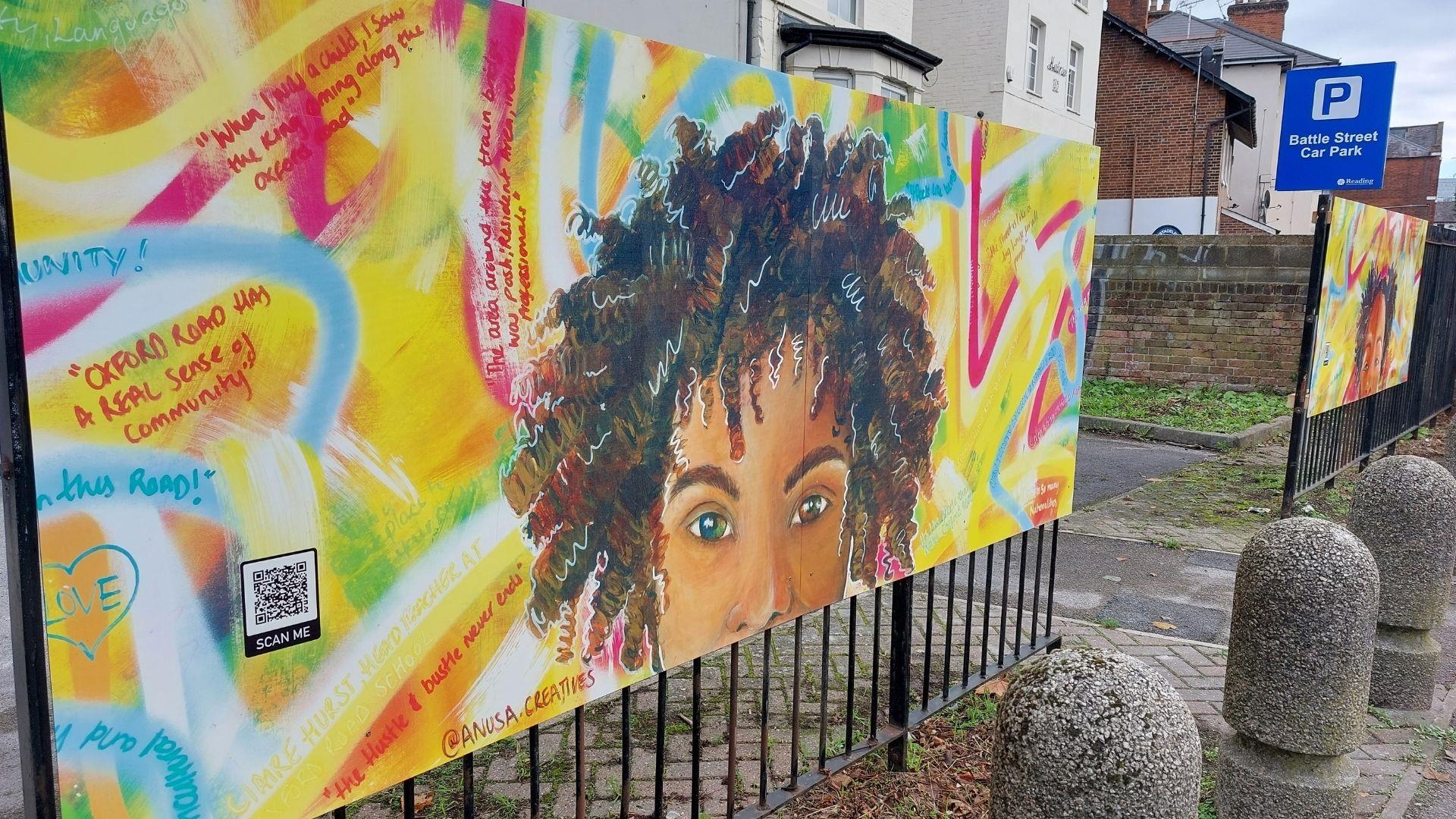 Oxford Road Mural
Oxford Road Mural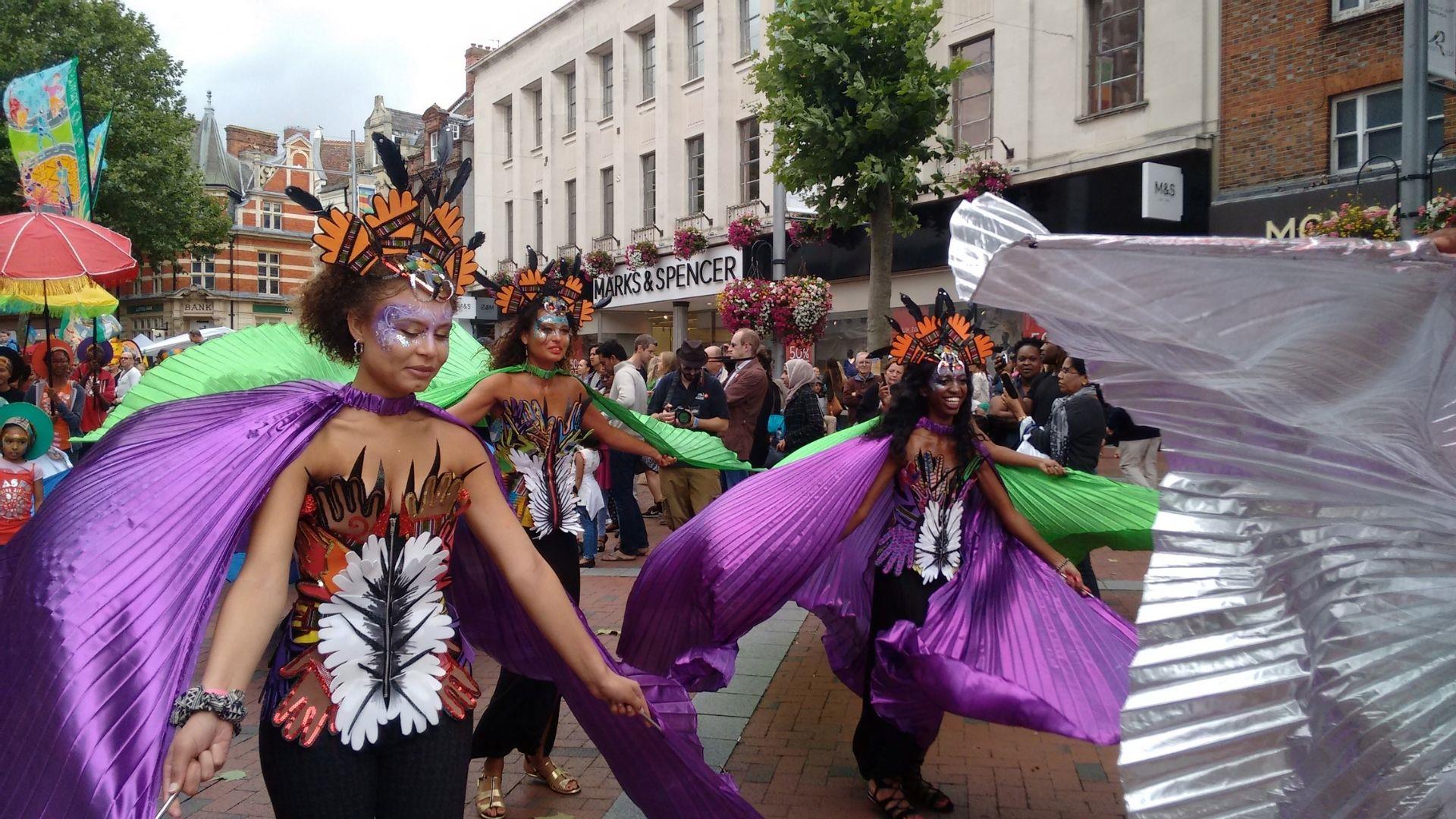 Carnival of the World
Carnival of the World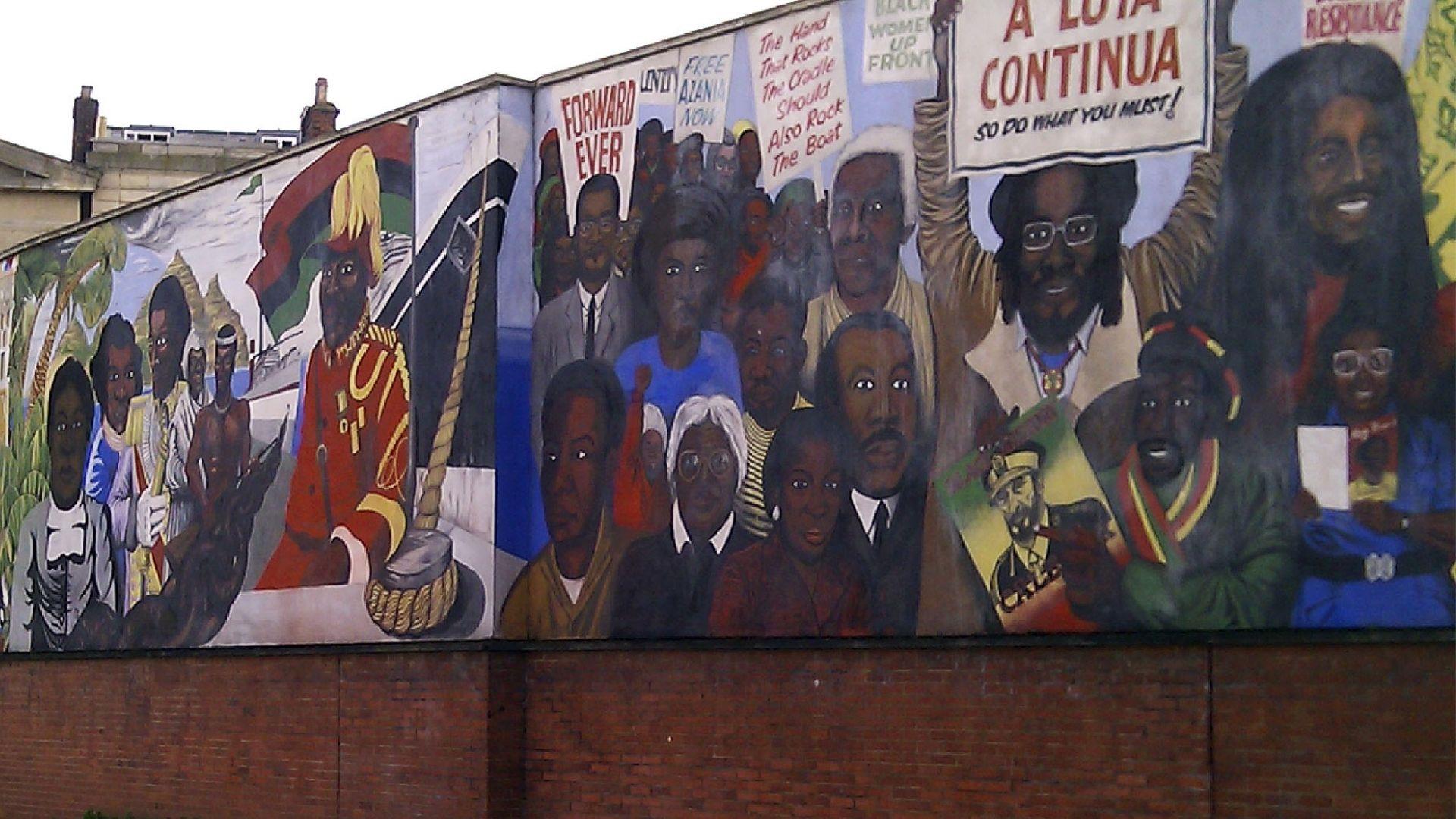 Central Club Mural
Central Club Mural
You are here: Explore > Global Reading
-
Accommodation
-
Things to Do
-
Food & Drink
-
Shopping
For somewhere of its size, Reading’s global reach and connections have been, and continue to be, hugely impressive. Its history is interlinked with a multitude of cultures, people and heritage from across the planet and today it is a harmonious multicultural society which people from around the world call home. On your next visit, explore global Reading and its fascinating worldwide connections. Here are 10 things to look out for.
Norman Reading still stands
King Henry I of England, son of the Norman William the Conqueror, built Reading Abbey to be his mausoleum in 1121. The stone for the Abbey was brought from Caen in France and you can explore the ruins free of charge every day. With its Norman heritage, Reading is also an appropriate location for the British Bayeux Tapestry, a full scale copy of the Norman original, all 70 metres of which hang in Reading Museum thanks to the handiwork of 38 Victorian ladies. Take a Tapestry Tour to get the lowdown.
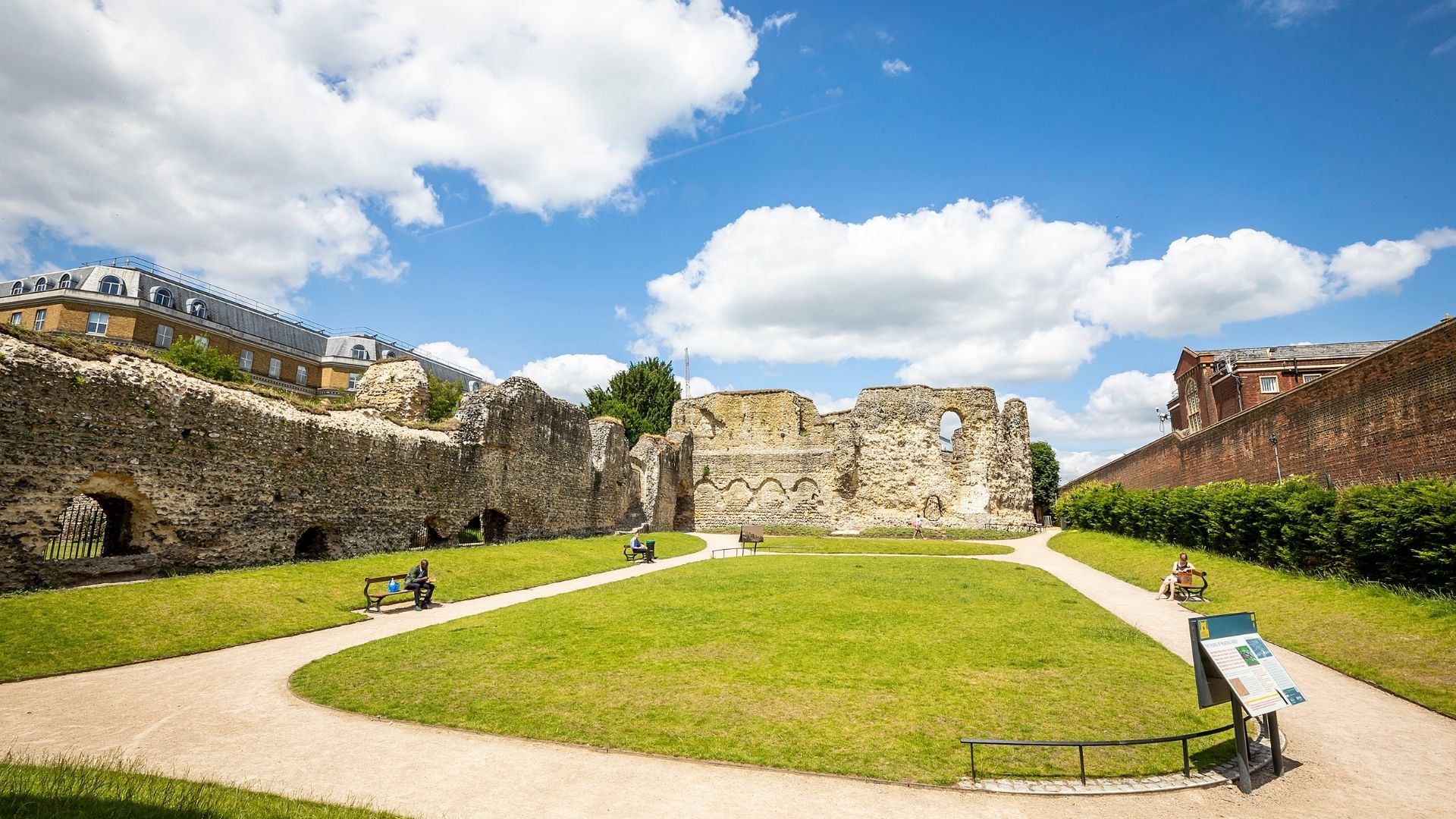
The Scandi influence - Vikings to IKEA
While Reading received Viking visitors as early as 870 AD, it is perhaps the Gentlemen Danes, 600 Prisoners of War billeted in Reading during the Napoleonic Wars, that have left the greatest mark. Many went home afterwards but some married into local families, while others such as Laurenthes Braag died in Reading. Braag is commemorated in a plaque on the walls of the Minster. Of course, Reading has its own IKEA!
Remembering the fallen
The Maiwand Lion that stands in the middle of Forbury Garden has become the unofficial symbol of the town. The imposing statue represents the disastrous battle of Maiwand in Afghanistan in which 285 men from the Royal Berkshire Regiment lost their lives in 1888. Also in Forbury Gardens, but on a somewhat smaller scale is the beautiful monument to the Reading men who volunteered to fight for the Spanish Republic in the Spanish Civil War. Eric Stanford’s ‘Requiem’ salutes the 15 people from Reading who went to the aid of the Spanish government, three of them never to return.

Let them eat biscuits
If you visit the Huntley and Palmer Gallery in Reading Museum, you will find out how the world’s largest biscuit factory sent biscuits around the world in Victorian times. By 1855, China, Argentina, West Africa and Brazil were among the countries sampling the delights of Reading’s finest.
The Commonwealth shapes Reading
After the British Nationality Act (1948) gave the right of British citizenship to members of Commonwealth countries, people from the Caribbean and Indian sub-continent were encouraged to settle in Britain. In Reading, many early migrants were from Barbados, followed by people from Trinidad and Jamaica. The Black History Mural on the end of London Street celebrates heroes of Black history from Queen Nefertiti to Marcus Garvey.
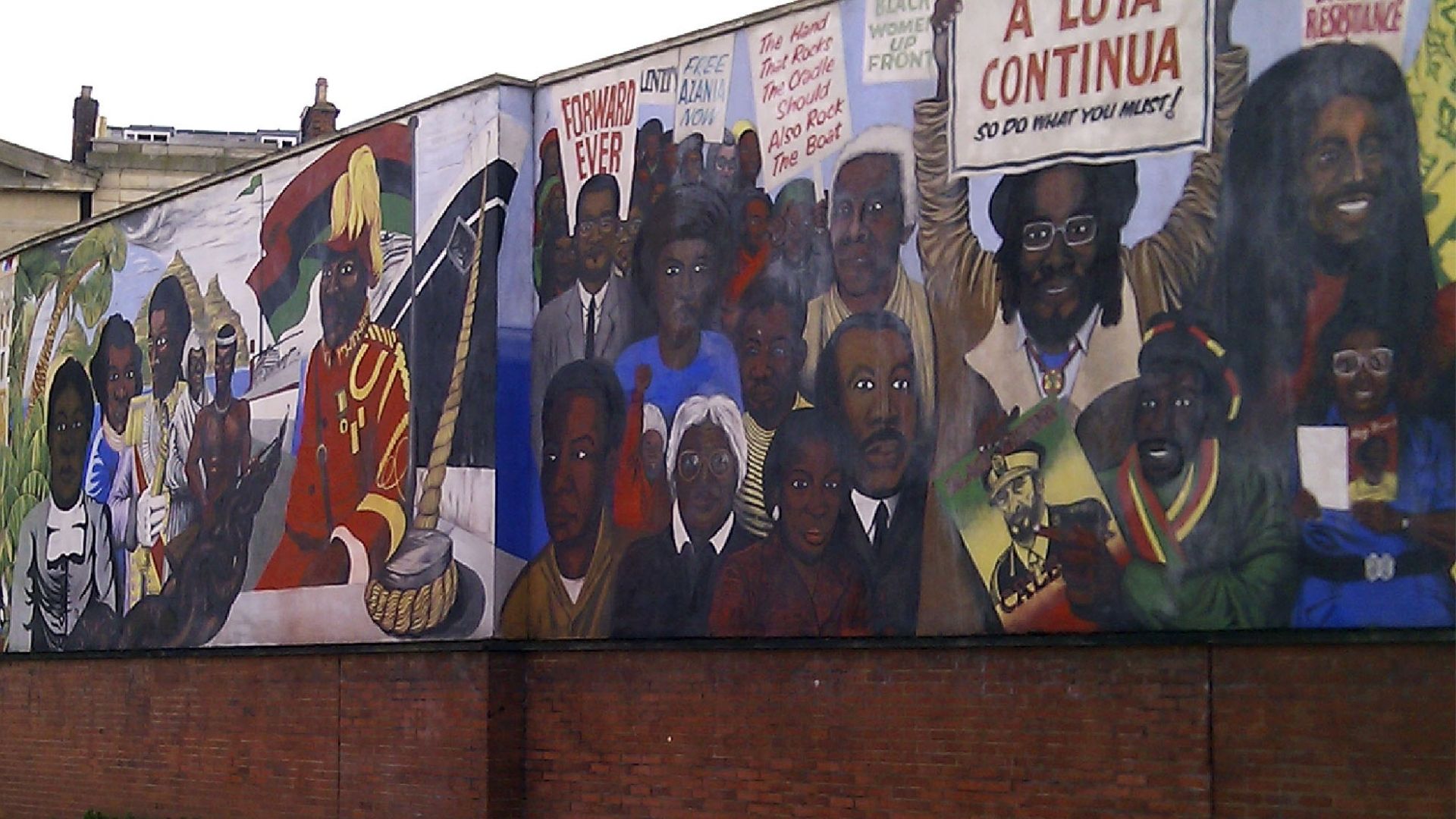
In the late 1960s, Reading began to receive immigration from Pakistan and India, as well as Kenya and Uganda. The first mosque in Reading opened in 1965, the former Methodist Chapel on Cumberland Road became a Gurdwara and Whitley Hall became a Hindu Temple. Today, Reading has a whole host of festivals celebrating its communities from Carnival to Reading Mela.
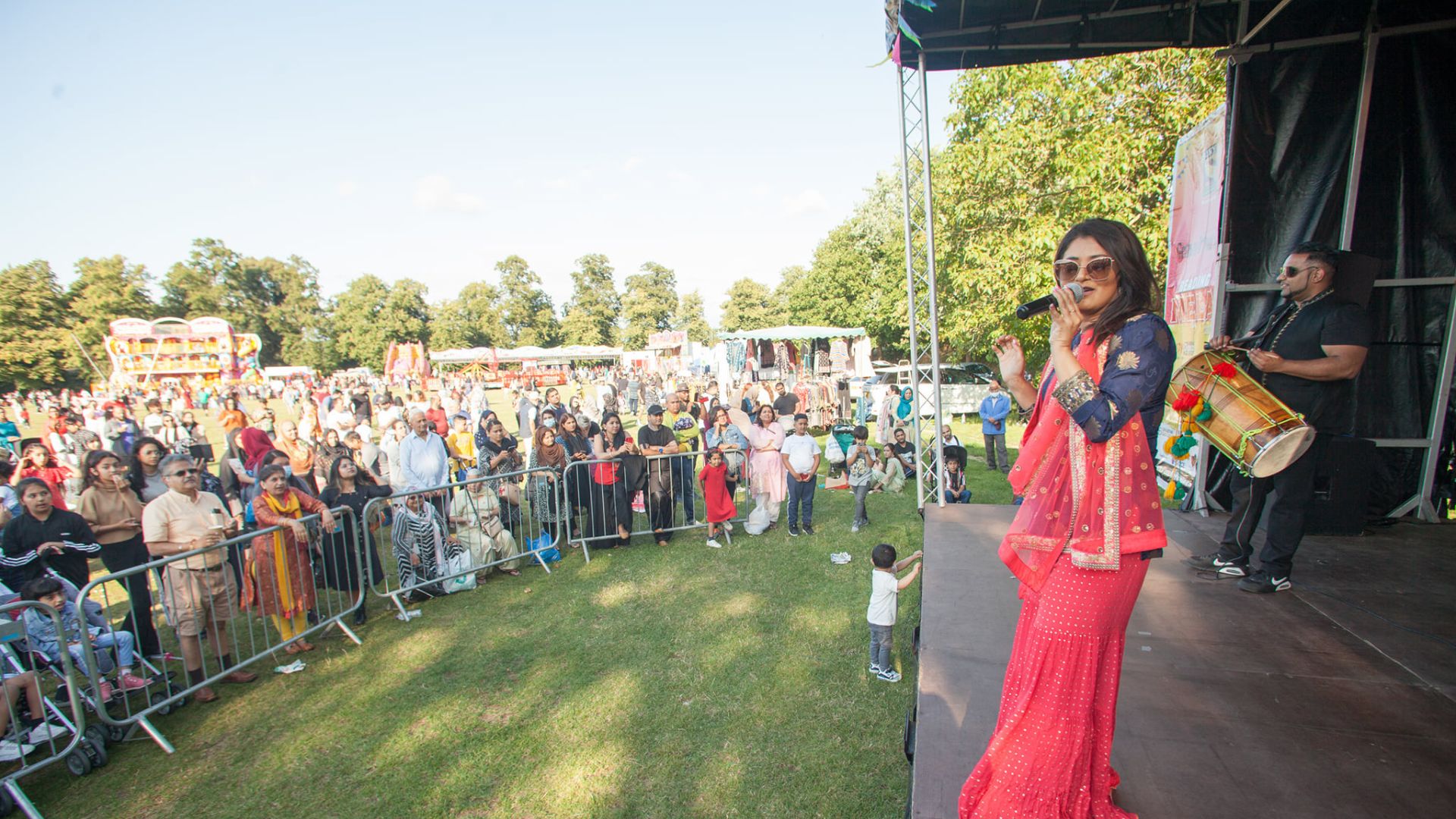
Shopping round the globe
You can buy fruit and veg and traditional food stuffs from almost every corner of the globe in Reading. Shops along the Oxford Road, Wokingham Road and in the town centre cater for cuisines from Bangladeshi to Polish. RISC, Reading’s International Solidarity Centre, stocks Fair Trade handicrafts and food products from across the globe as well as an amazing international book shop. RISC itself is located in a building in which William Penn preached. In 1681, Penn was granted land in the English Colonies of North America, which became Pennsylvania and has its own ‘Reading’. Penn is buried just outside Reading in Twyford.
Walking in the footsteps of pilgrims
From the 12th to the 15th centuries, Reading Abbey was a centre of Christian pilgrimage with the Hand of St James being its most sought-after relic. Many pilgrims who descended on Reading stayed in the Hospitium, which still stands in the Abbey Quarter. From Reading, many also continued their pilgrimage to Santiago de Compostela in Spain. Today, walkers on the St James’ Way, which begins at Reading Abbey Ruins can retrace those steps along waymarked trails as far as Southampton, collecting stamps along the way which can be presented at Santiago as proof of pilgrimage completed. Get your first stamp in Reading Museum and find out more about Medieval Reading with our Reading for Modern Pilgrims leaflet.
The streets tell their tales
Many Reading street names have an international story to tell. From Ayrton Senna Road in Tilehurst, commemorating the Formula One driver’s time in Reading to Zinzan Street, off the Oxford Road, named after a Reading landowner of Italian extraction. Reading’s twin towns and cities are also commemorated in street names – San Francisco Libre Walk (Nicaragua), Dusseldorf Way (Germany), and Clonmel Close (Ireland).
The Maharaja’s Well
Seven miles to the north of Reading stands an exotic gilded dome, a gift from His Highness the Maharajah of Varanasi to the villagers of Stoke Row. With both places suffering with water supply issues, the Maharajah generously funded a well to be sunk in Stoke Row, which functioned from 1864 to 1939.
Plant life
Many of Reading’s amazing parks and gardens have specimens of plants brought to the UK from other climes. In Caversham Court Gardens on the banks of the Thames you will find Wellingtonia, Deodar and Magnolia. An Indian Bean Tree from 1726 can be seen in St Mary’s Churchyard, several Cedars of Lebanon are still to be found in Hamilton Road and there is a monkey puzzle in Reading Cemetery. The University of Reading’s Whiteknights campus has a rich collection of trees as well as the international collection of cocoa plants.
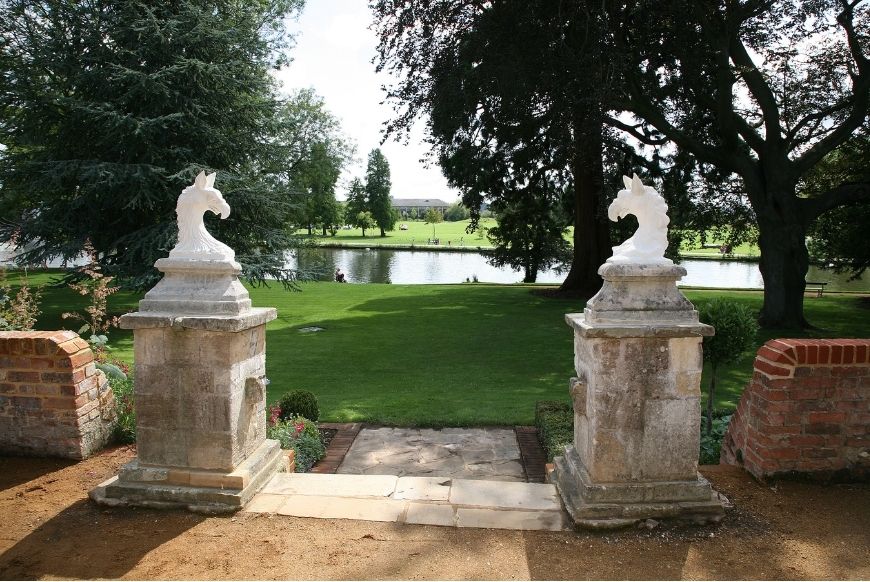
© Visit Reading 2025. All Rights Reserved







